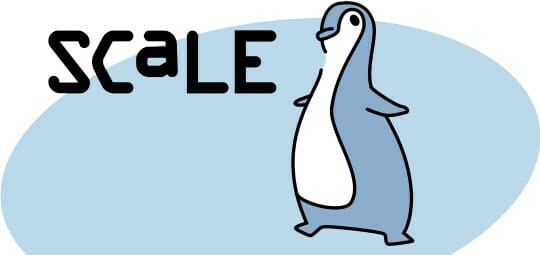- Open Source Watch
- Posts
- StarlingX 8: The cloud for edge computing gets a major upgrade
StarlingX 8: The cloud for edge computing gets a major upgrade
Edge computing is overtaking the traditional cloud in importance, and leading the way is the OpenInfra Foundation's StarlingX.
When Gartner recently read its tech tarot cards, the research powerhouse saw that "By 2025, more than 50% of enterprise-managed data will be created and processed outside the data center or cloud." So where will it be then? It will be on edge computing. And one of the leading projects of edge computing is the OpenInfra Foundation's StarlingX.
Today marks the release of version 8.0 of StarlingX. This is an open-source cloud platform designed for edge computing and IoT that is optimized for low-latency and high-performance applications.
StarlingX uses best-of-breed open-source programs to deliver a complete edge computing stack. This starts with Ceph. This Red Hat-sponsored do-it-all, open-source software-defined storage platform can work with object-level, block-level, and file-level storage. For cloud management, it uses the tried and true OpenStack. And, for container orchestration, StarlingX uses, of course, Kubernetes.
Together in StarlingX, these combine to create a comprehensive edge cloud software stack. It's suitable for telecom carriers, enterprises, and anyone who needs to deploy edge clouds on a few or hundreds of servers. In practice, StarlingX has been adopted by demanding applications in various industries such as industrial IoT, telecom, and video delivery.
According to Ildikó Váncsa, OpenInfra's senior manager of Community & Ecosystem, StarlingX is a flexible, scalable, and powerful edge stack that fills gaps in the open-source landscape by providing crucial functionality in automation and orchestration.
So what does StarlingX 8.0 bring to the table? It includes several new key features. For starters, it migrated its foundational operating system from CentOS Linux to Debian to ensure greater stability, reliability, and longevity.
Additionally, the community has focused on scalability, configurability, and enhancements in the Radio Access Network (RAN) use cases. StarlingX 8.0 also optimizes platform services to run on only one CPU core while reserving the remaining cores for workloads on servers in a deployment. Furthermore, StarlingX 8.0 supports O-RAN-compliant interfaces, Precision Time Protocol (PTP) enhancements, and acceleration devices.
StarlingX 8.0's developers to better support edge computing and industrial IoT low-latency and distributed cloud use cases. This was achieved through upgrading to newer versions of platform components. This includes integrating SSH with remote Windows Active Directory, enhancing the Backup & Restore feature, adding support for Kubernetes Custom Configuration, and implementing Role-Based Access Control (RBAC) enhancements to StarlingX APIs and CLIs. For more information about StarlingX 8.0 new features, see its release notes.
Scott Kamp, VP of Technology at Xunison, a smart home company, praises StarlingX for including "all of the frameworks one would need for sub-cloud and edge computing cases and is a highly integrated platform that allows scalability, but also the management of the infrastructure globally. With the flexibilities included in the platform, deployment options for many vertical markets are limitless.”
Kamp's right. StarlingX enables organizations from one-man-shops to Fortune 500 enterprises to deliver novel edge services.
Other noteworthy Linux and open-source stories:
SCALE 20X is Coming!
SCaLE 20x – the 20th Annual Southern California Linux Expo – is scheduled for March 9-12, 2023, at the Pasadena Convention Center in Pasadena, CA.
SCaLE is the largest community-run open-source and free software conference in North America. It is held annually in the greater Los Angeles area. It's well worth your time!

